"Stephen Archer talks to us about the Aston Martin Lagonda 1976-1990 The wedge Lagonda has always divided opinion for its outlandish, elongated looks and for, well, being not very Aston like. So, let’s just call it a Lagonda, after "

Unique Aston Martin Jet 2+2 up for grabs – at a price
Bertone’s final masterpiece for sale, along with the moulds and tooling to add to one-off Aston Martin.
It was the last car made by Bertone before the legendary Italian coachbuilder sank into bankruptcy.
And for years, the British businessman behind the unique Aston Martin Jet 2+2 thought the moulds and models used to build his one-off shooting brake had disappeared along with its creators.
But what almost no-one realised was that the Bertone Stile HQ in Turin still housed a treasure trove of archive material – including those fibreglass moulds and a full-size clay model of the car that took the 2013 Geneva Motor Show by storm.
Now Barry Weir, who took the idea of the Jet to Bertone and Aston Martin in the summer of 2012 – drawing the original designs on the back of a serviette – has been reunited with all the pieces of the car’s history he thought had long since been destroyed.
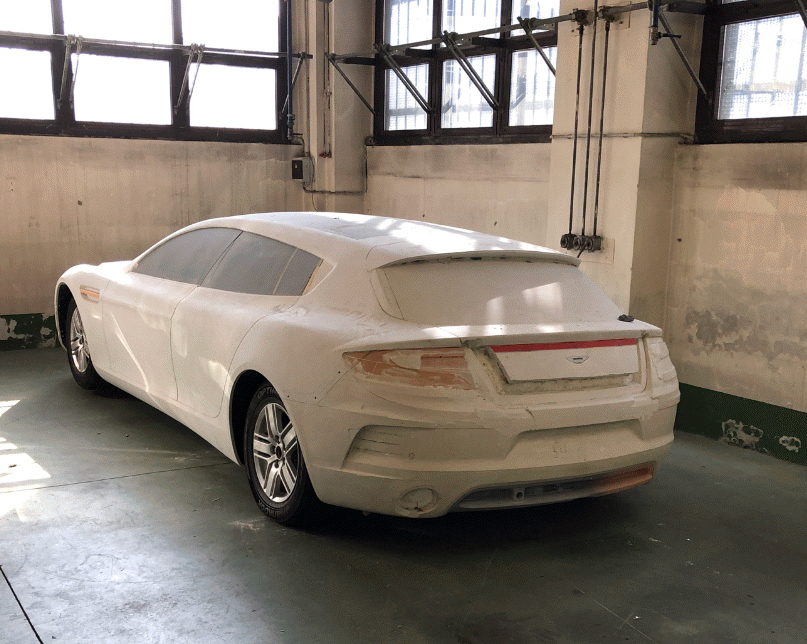
And the retired entrepreneur, who lives in Guernsey, has decided to put the whole package up for sale, which could see a scramble among Aston connoisseurs to buy not only the car but, potentially, the means to create further examples.
“I thought it had all been picked up and put in a skip somewhere,” says Barry, the first man to drive a historic car around the world in 80 days in his wife’s 1954 Aston Martin DB2/4 in 2000, effectively making him a world rally champion.
“When Bertone went bust I negotiated to get the actual car from them and went back and said I want the moulds and model, but they said ‘no, they belong to us and the receiver has taken them’.
“Two or three years ago, my man in Italy, who was the works manager at Bertone, said it had all been cleared out, it was all gone.
“Then a few weeks ago I saw online an auction house was selling off old Bertone stuff, including what I considered to be my moulds. I phoned them up and said ‘you can’t sell that because it’s mine’.
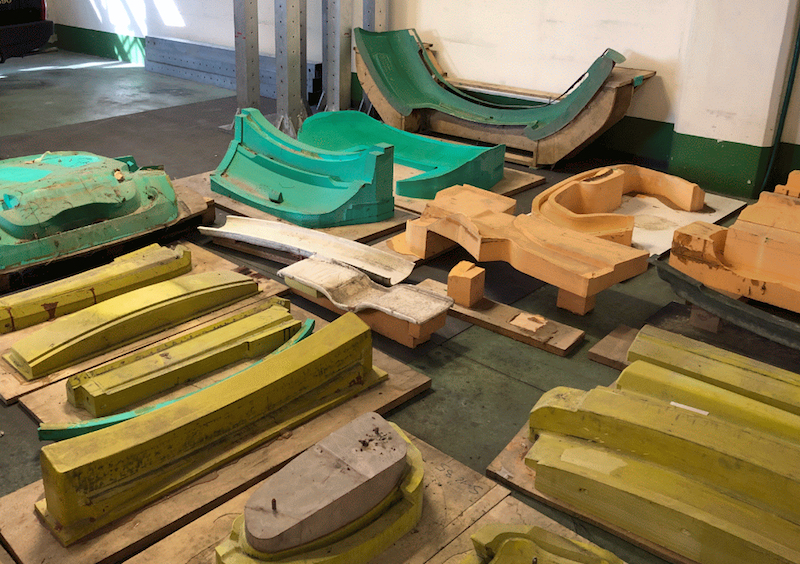
“Initially they said that had not been proved by the courts, but they came back half an hour later and said they’d taken it out of the auction.
“I went out there and in a dusty old warehouse were my moulds and the full-size clay model. We came to an agreement and now they’re all being cleaned up, with the model repaired, and sent over to the UK.”
Now a serious collector can buy a package including the only working shooting brake Aston ever made, based on a Rapide platform, plus the moulds, parts and tooling to add to Barry’s sole example.
“When the car was built, Bertone were going to build 10 cars and then Aston Martin would put it into full production,” says Barry.
“Unfortunately Bertone went bust and it never happened. It meant, however, that mine became a unique example of an Aston Martin Jet 2+2, an entirely new production car of one.”
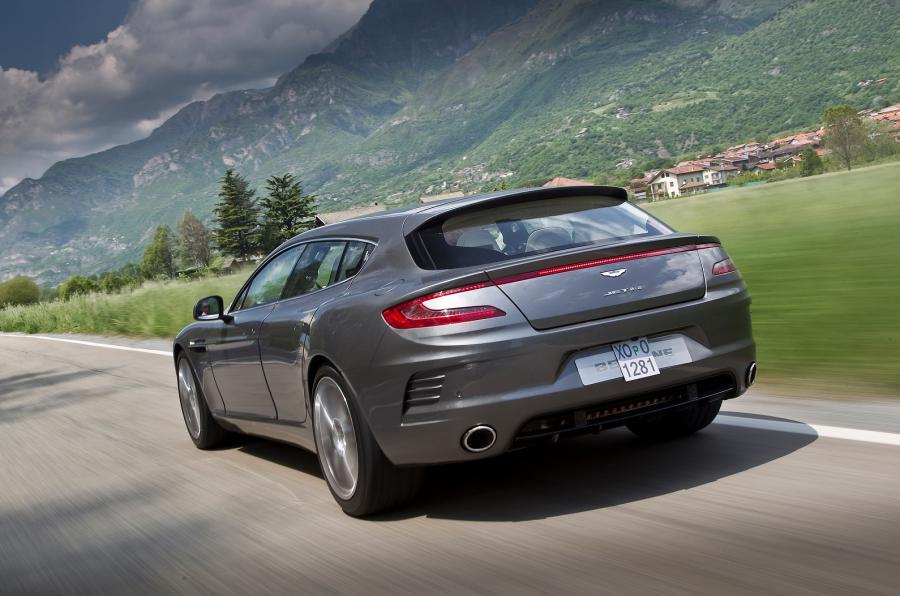
So what might a collector have to pay for this exclusive slice of automotive history?
“In the last year we’ve had three offers of £1.8m as a starting price just for the car, but I said I don’t want to sell yet,” says Barry.
“It’s hard to know what it might all be worth now, but we’re expecting higher offers. It’s so unique to find a car of this calibre with all its history and pieces. Somebody can either buy it all and build more, or they might want to keep it all as it is in case creating more would devalue what they’ve got.
“But there’s everything there to put it into production.”
It all began in the summer of 2012, when Barry found himself sitting with the men from Bertone at the Marco Polo airport in Venice.
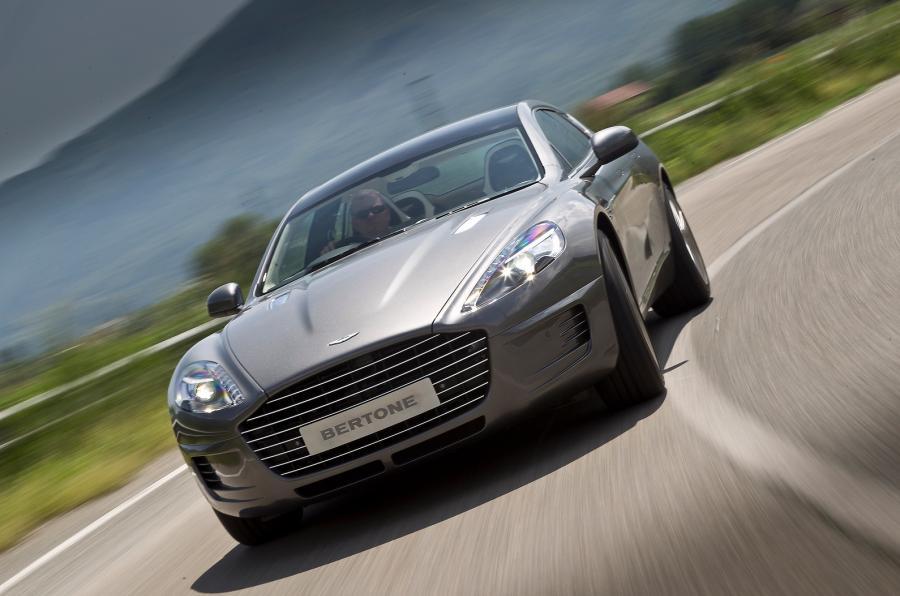
He had a proposition for the Italians – would they jump into bed with their former partner Aston Martin to create something rather special?
The timing was perfect, with the 60th anniversary of Bertone’s link with the British marque on the horizon, as well as Aston’s own centenary celebrations.
Barry was already well-known to Aston Martin, having built up a relationship with the company following his round-the-world exploits 12 years earlier.
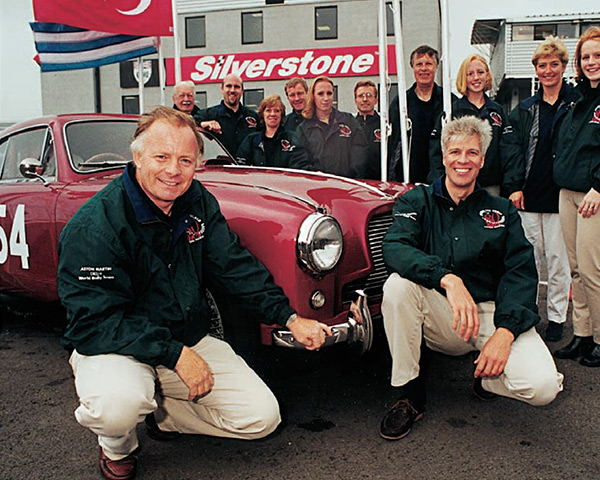
He was pushing at an open door.
“I wanted them to build a shooting brake, a useful Aston based on a Rapide,” says Barry.
The new car would celebrate the Italians’ original collaboration with Aston in 1953, one-off coupe and cabriolet versions of the DB4/2, and carry the Jet name first seen on Bertone’s DB4GT-based creation of 1961 and Jet 2 concept of 2004.
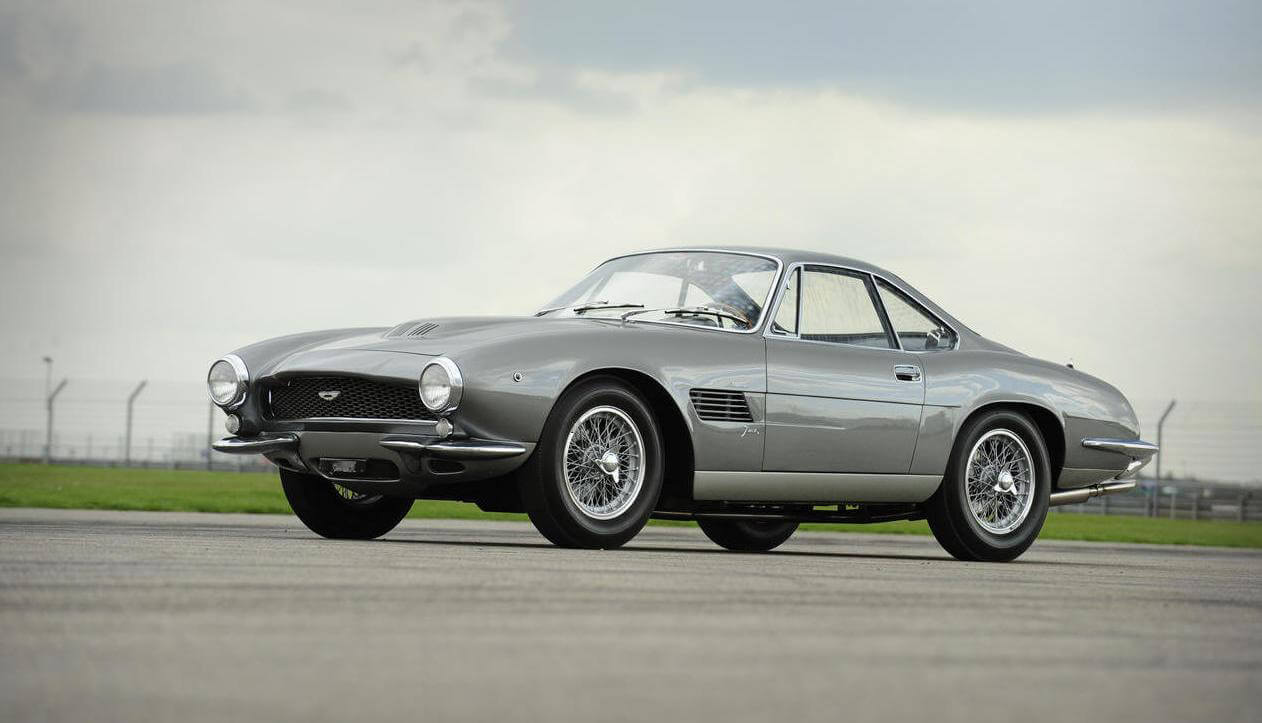
“They phoned me up and said ‘are you the Barry Weir who went round the world?’” he says. “They agreed very quickly and wanted to meet but I could not get to Turin as I was on a cruise.
“On the way back I met them at Marco Polo airport and sketched out what I thought it should look like on the back of a couple of serviettes. It looked pretty good!”
Adrian Griffiths, Bertone’s chief designer, later said: “We’re very lucky that a client came up to us and wanted this specific iteration. If it was something else that we felt didn’t do justice to either Bertone or Aston Martin, or was fundamentally the wrong point to start from, it would have been a hard call.”
As it turned out, it was anything but, and work quickly began on the car that would become the Aston Martin Jet 2+2.
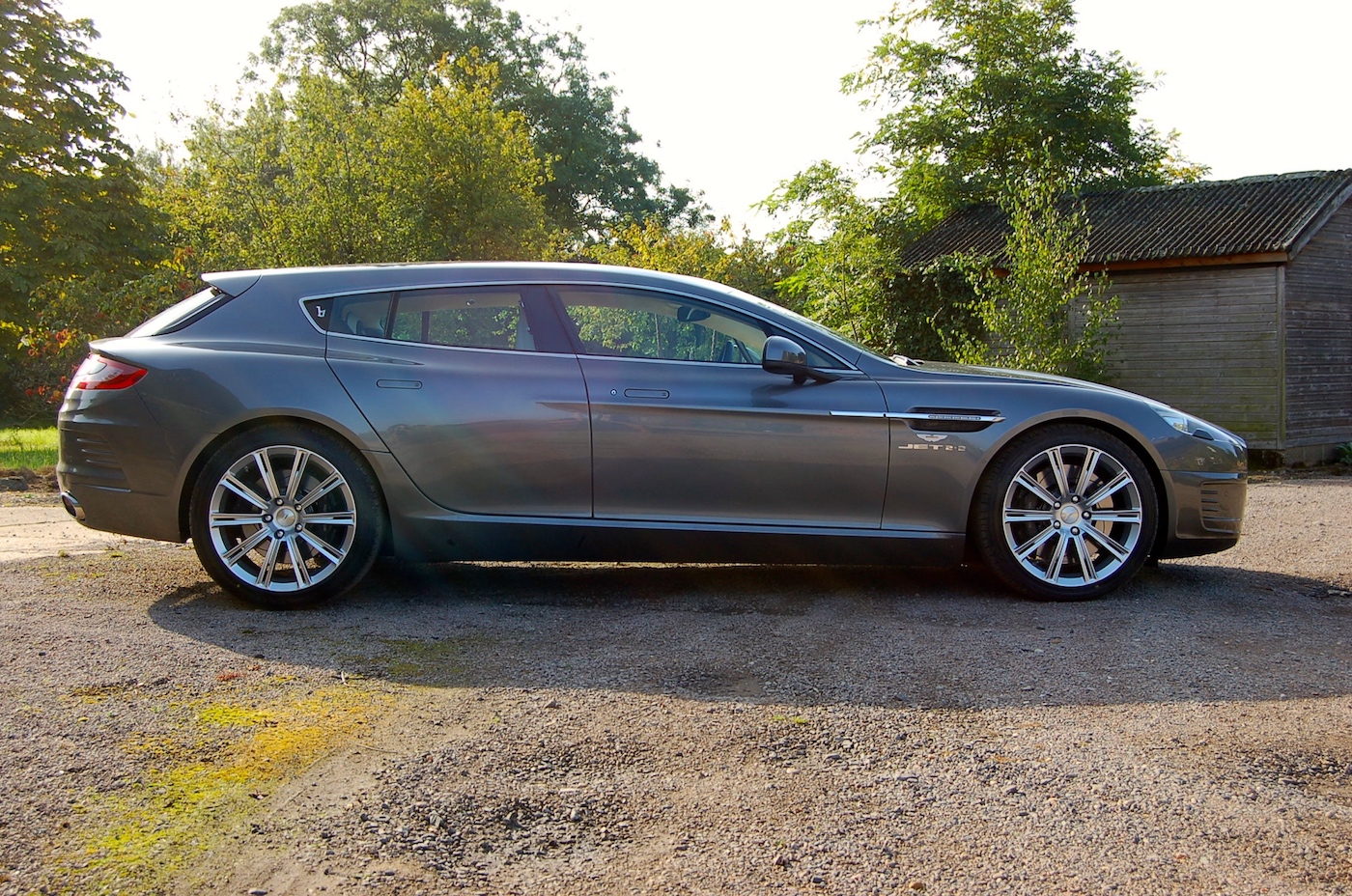
It would share 70 per cent of its DNA with the Rapide, including its 470bhp, 5.9-litre V12 engine, and a donor car was shipped to Italy towards the end of 2012.
Drawings, renderings and photographic imagery were shown to the Board of Aston Martin, including chief designer Marek Reichman and chief executive Ulrich Bez.
“They were so pleased with the concept, they approved the idea of putting it into production,” says Barry, who played an ongoing role in the design of his dream car.
“Bertone worked all over Christmas, and by the early part of January we had a full-scale model mock-up of the car.”
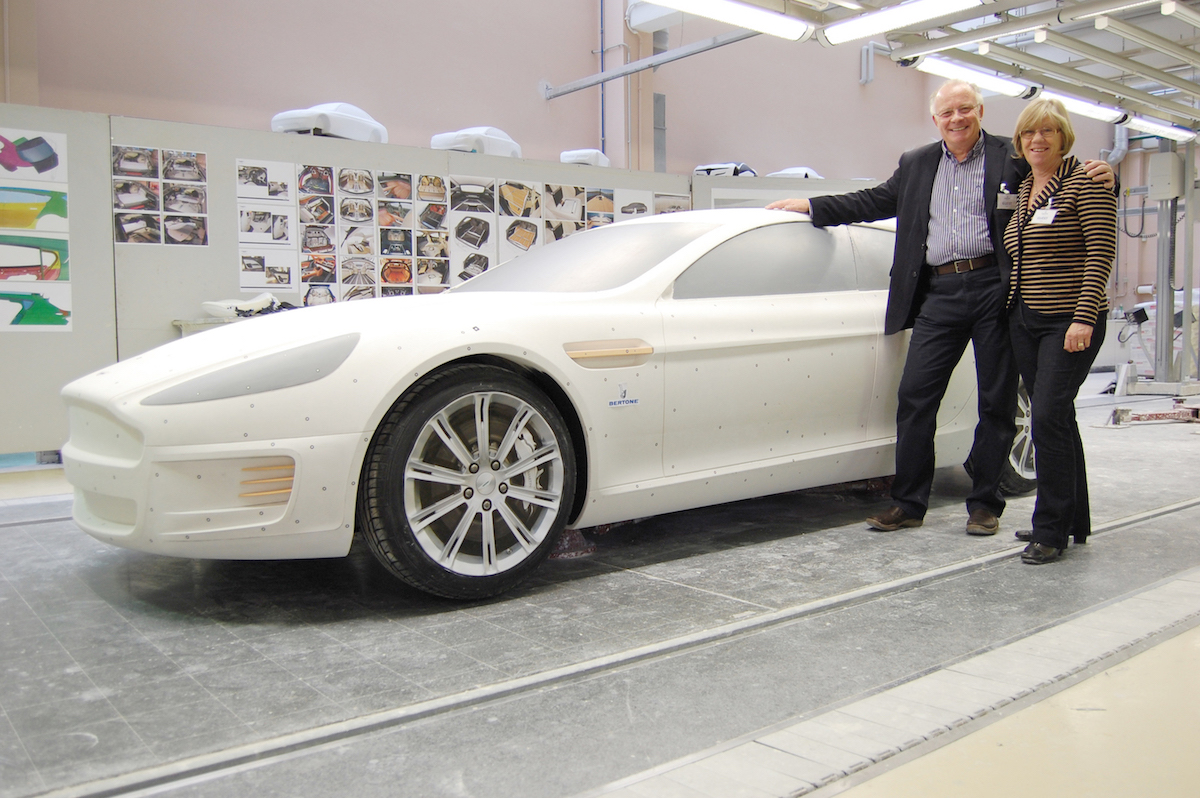
In total, the design and build took around fourteen weeks, with Bertone scanning the model and creating reverse moulds before the company’s crack team of engineers beat in the panels by hand using aluminium, sheet metal and carbon fibre.
At the time, Aston was concurrently working on updating the Rapide, which featured a new larger grille.
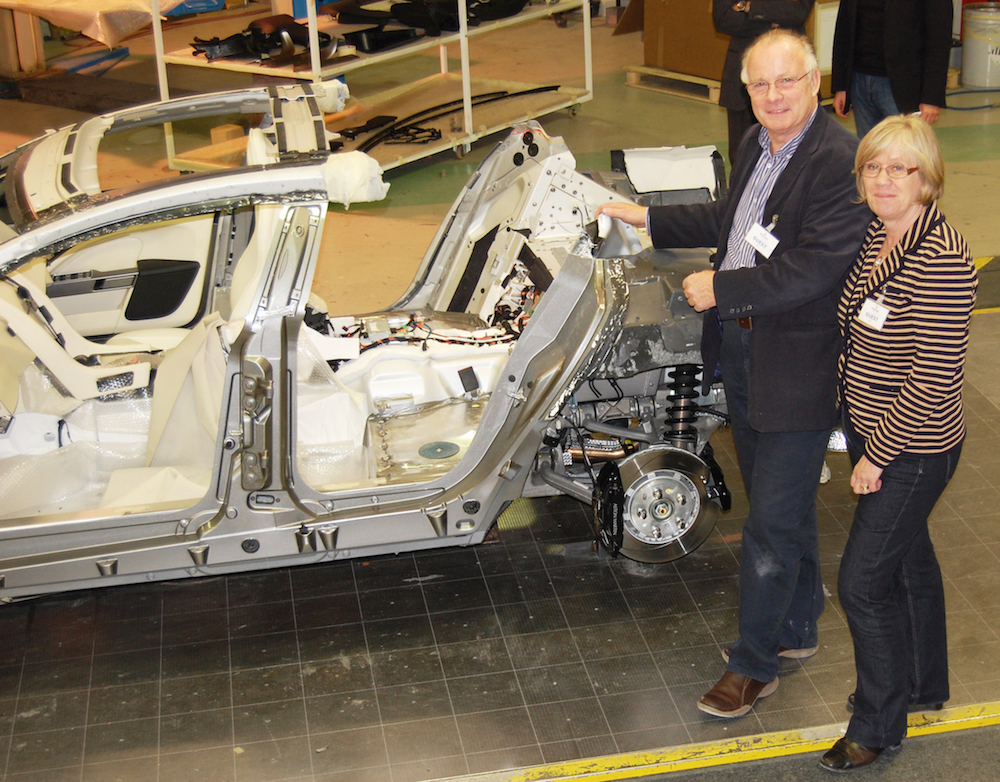
“I wanted the Jet to look like the series 2 Rapide,” says Barry. “They allowed us to use the new grille, but weren’t originally going to launch the series 2 until September. At the last minute they realised what they’d done and told use we couldn’t show our car at Geneva in March.
“In the end, they had to bring the launch of their car forward.”
The unique car stole the show at Geneva, with Aston chief Dr Bez noting in his speech that “on the Bertone stand, you will see another iteration of Aston Martin”.

Top Gear magazine called the Jet “rather beautiful”, its sharply-tailored shooting brake rear end merging seamlessly with the rest of the Rapide’s already-gorgeous bodywork.
The estate-like rear increases roof space for passengers significantly, while a world-first for an Aston Martin of an electronic sliding boot floor, the back seats folding flat in unison, creates a cavernous load space.
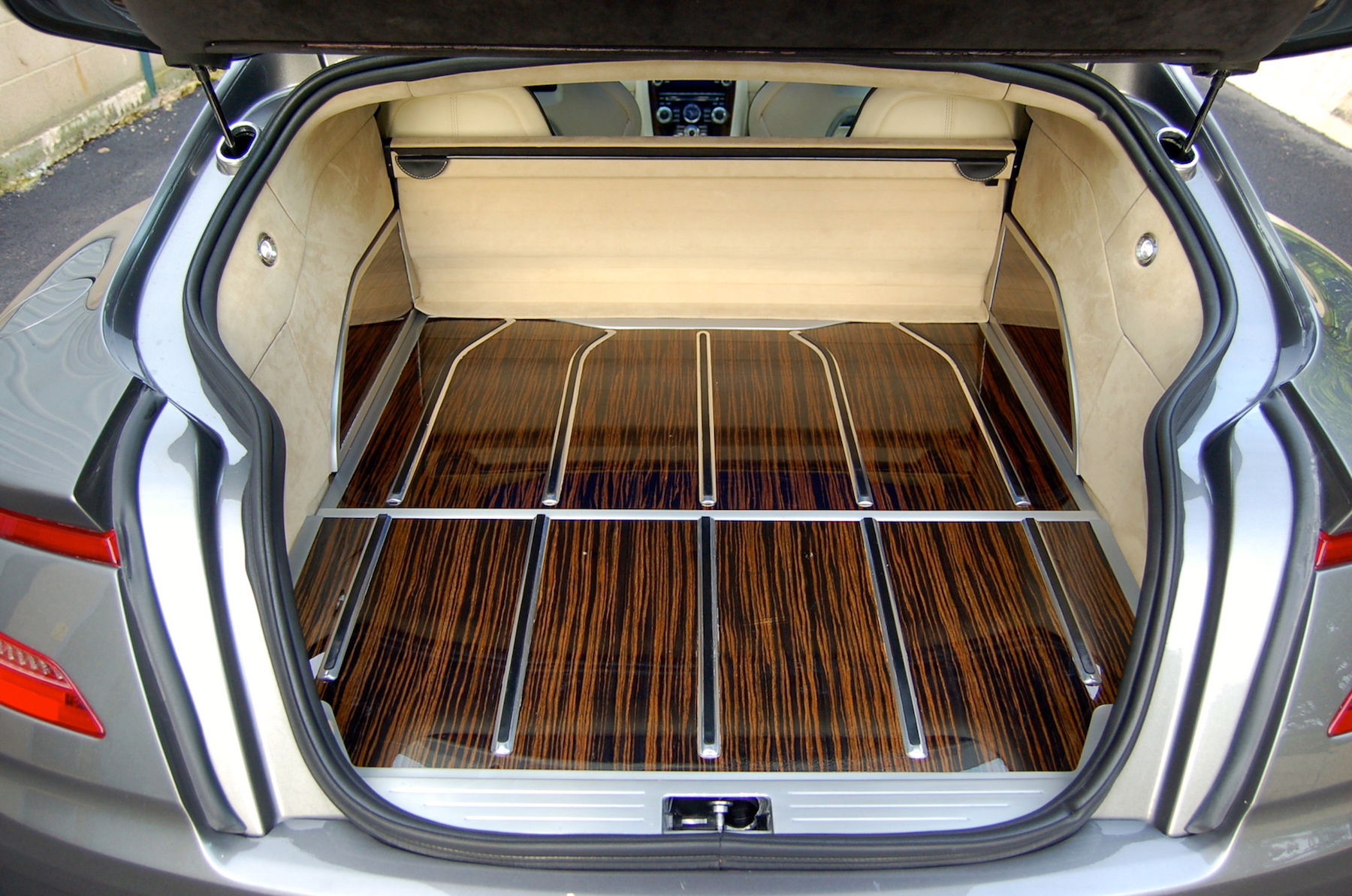
A dimmable panoramic glass roof, which changes colour from clear to blue using the latest smart-glass technology, make the interior feel airy and much larger than the standard Rapide.
With an identical wheelbase to the Rapide, Bertone managed to keep the kerb weight almost identical to the donor car, at around 1990kg, resulting in the same blistering performance in a far more practical package.
Testing the car, Top Gear said: “The Rapide has always been a lovely car to glide around in, and the Jet 2+2 is no different. The steering feels spot on, the damping is excellent and everything feels resolved.”
The paintwork and interior touches, including unique wood, two-tone leather and glazed aluminium were chosen by Barry, whose name is etched into a plaque inside the cabin.
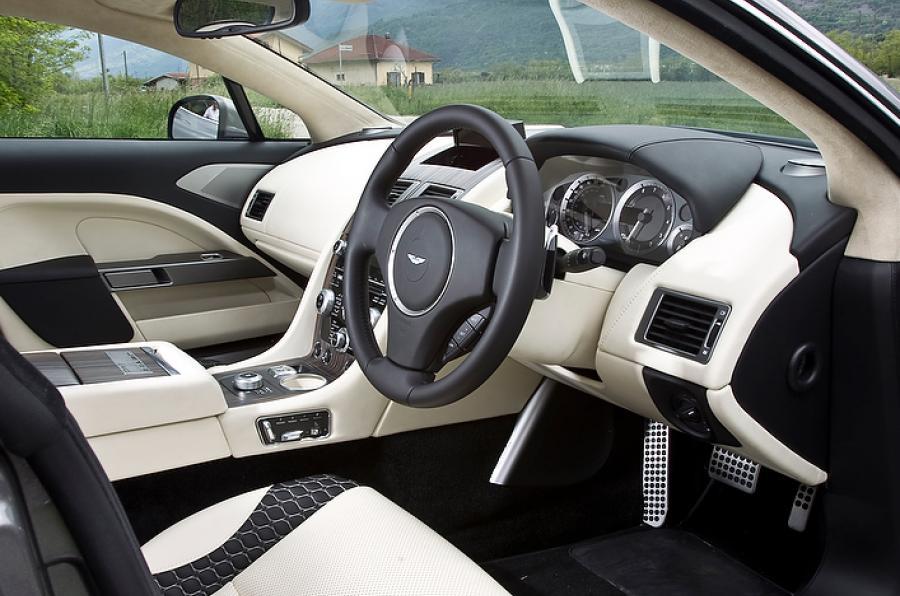
“It was a halo car for Aston Martin,” says Barry, the fastest shooting brake in the world at 200mph, reaching 60mph in about 5.3 seconds. “It’s something truly unique, and is registered as an Aston Martin Jet 2 because it was never registered as a Rapide.”
Unlike the Jet 2 concept of 2004, which according to Barry “was purely a shell of car with no engine”, the Jet 2+2 (denoting its four seats) was an all-new production Aston Martin, with plans to build more if the demand was there.
And demand was certainly there.
“Bertone were approached by a gentleman from Saudi Arabia wearing a white gown who, at the time, offered £10m for the car providing Bertone built him 10 more,” says Barry. “They could not sell it because it’s my car!”
Production was scuppered by Berton’s bankruptcy, but now the possibility of more Jets has been revived by the discovery of the moulds and tooling in Turin.
And for Barry, after five years and 10,000 miles, it’s time to pass the baton.
“I’ve retired now and it’s time for the next project,” he says.
The sale is being handled by Keith Riddington at Classic Mobilia, on 01908 270672 or email [email protected], or contact Barry direct at [email protected].
CLICK TO ENLARGE










